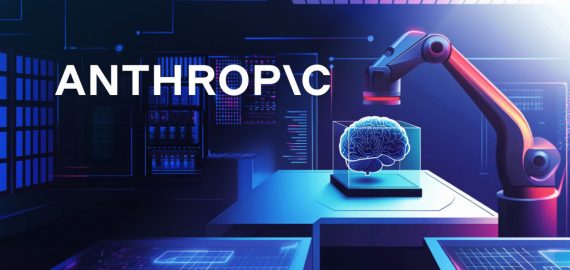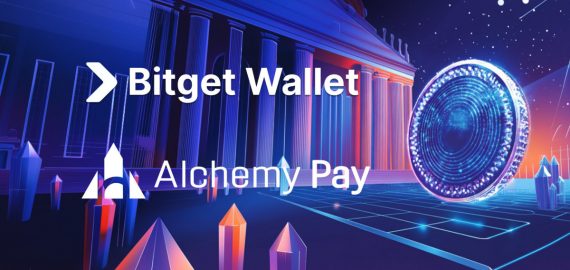The Unstoppable Rise of DePINs: 650+ Projects Proving Resilience in a Volatile Crypto Market


In Brief
DePINs, a decentralized network using ledger technology, are revolutionizing crypto and blockchain industries, with over 650 projects across six subsectors, demonstrating its adaptability and potential in various sectors.
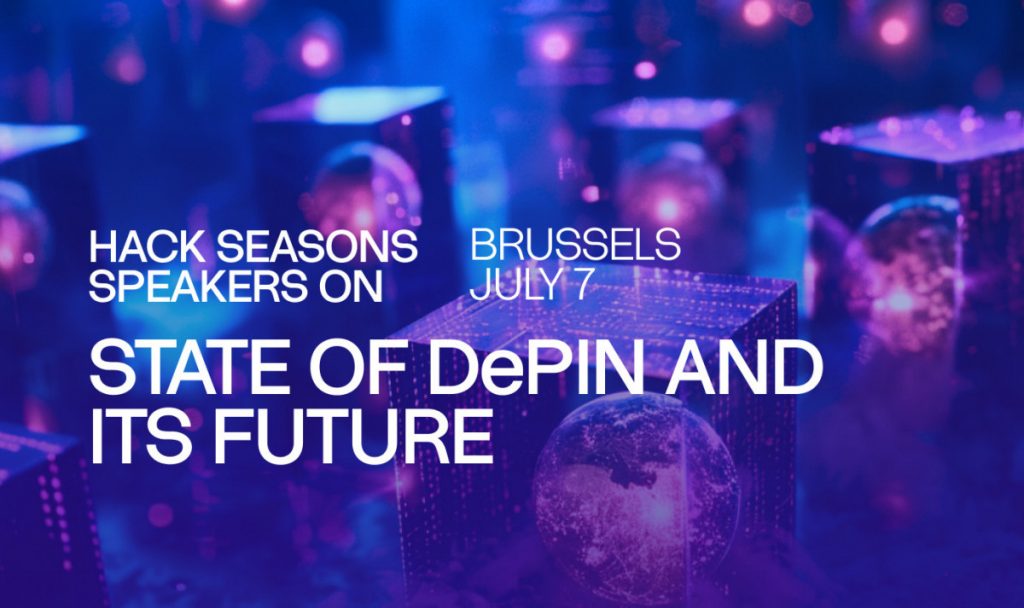
DePINs are currently one of the hottest topics in the crypto and blockchain industries. These networks use ledger technology to create, manage, and operate physical hardware in a decentralized manner, fundamentally altering how resources and services are distributed and managed.
What’s Happening in the DePIN Sector?
With more than 650 projects encompassing six important subsectors—computing, artificial intelligence, wireless, sensors, energy, and services—the DePIN ecosystem has grown remarkably. The broad spectrum of applications showcases the adaptability and capacity of DePIN technology to tackle practical issues in many sectors.
DePIN projects with liquid tokens have a total market valuation of over $20 billion, producing an annually on-chain revenue of over $15 million. The increasing interest in and funding for decentralized infrastructure solutions is demonstrated by this financial performance.
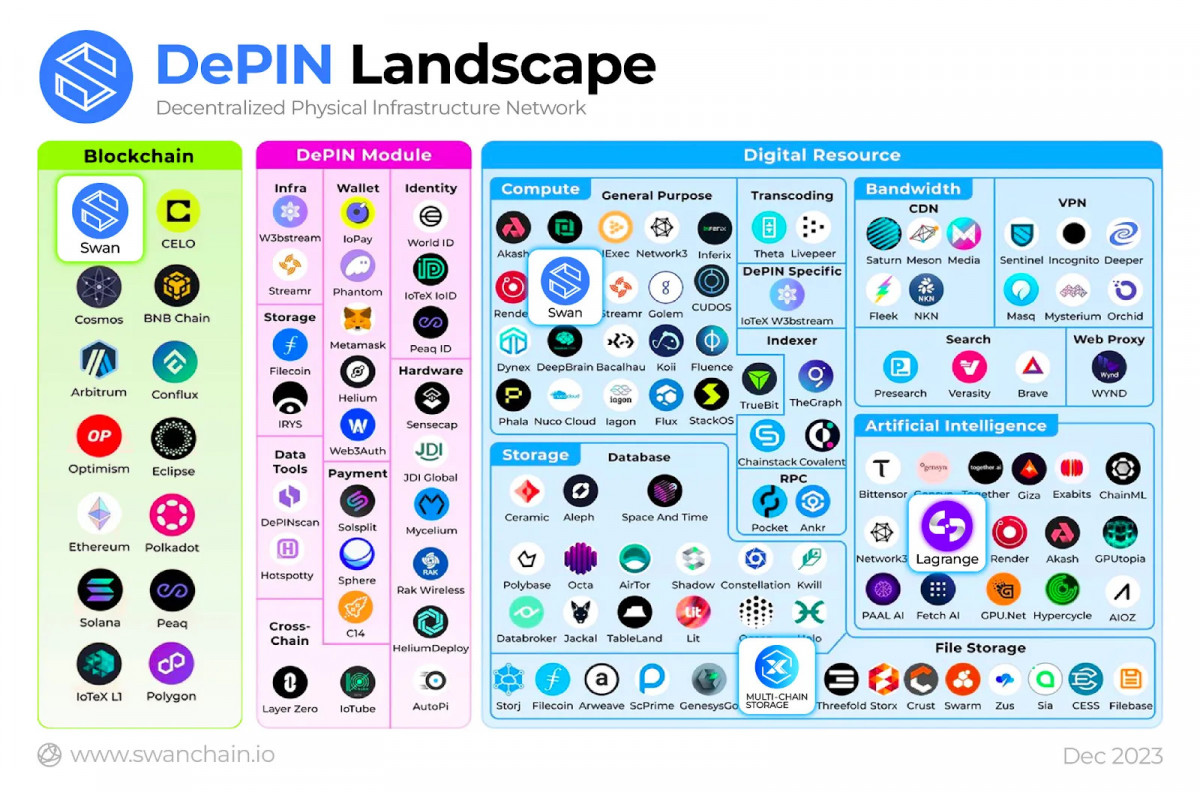
Photo: SwanChain
The endurance of DePIN initiatives in the face of market turbulence is one of their most enticing features. In recent dips, the larger cryptocurrency market saw huge reductions of 70–90%, while DePIN revenues were remarkably stable, declining just 20–60% from their high levels. DePIN revenues, which represent the real value these networks bring to users and stakeholders, are based on usefulness rather than sheer speculation, which is why these networks are resilient.
DePIN’s expansion extends beyond financial indicators. More than 600,000 new nodes have joined the ecosystem, and a large percentage of them are software-based DePINs that take advantage of the advanced sensors found in smartphones.
The aforementioned network infrastructure development showcases the scalability and accessibility of DePIN solutions, which enable users to participate in and reap the benefits of decentralized systems by leveraging pre-existing resources.
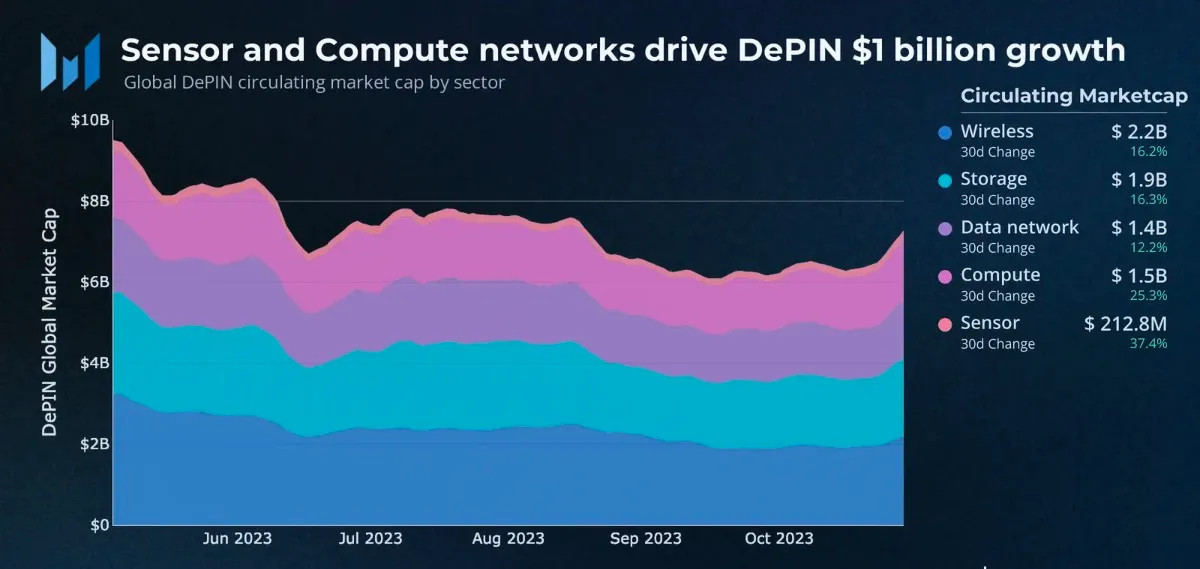
Photo: Messari
What About the Future of DePIN?
A number of major trends and advancements will probably influence the direction of DePIN in the future. Integrating zero-knowledge technology is one topic of investigation as it can improve scalability and privacy in DePIN networks. This might result in data management procedures that are safer and more effective, addressing worries about user privacy and data protection.
The possible use of memecoins in DePIN initiatives is another fascinating step. Even while this might appear out of the ordinary, it captures the inventive spirit of the crypto community and might create new opportunities for interaction and reward inside decentralized networks.
AI + DePIN = Innovation
Another area of innovation is the merging of DePIN with on-chain AI and gaming. With further advancements in artificial intelligence, the combination of these technologies may result in increasingly intelligent and adaptable networks that enhance user experiences and optimize resource allocation.
Analogously, the implementation of DePIN concepts inside gaming environments has the potential to transform in-game economies and provide novel frameworks for player engagement and ownership.
DePIN’s ability to democratize infrastructure ownership and administration is among its most exciting features. Through the implementation of blockchain-based governance models and the tokenization of physical assets, DePIN initiatives facilitate citizen participation in decision-making and give citizens a stake in vital infrastructure.
A good illustration of how DePIN might change conventional paradigms is the telecoms sector. Decentralized wireless networks are being pioneered by projects like Helium, which enable users to create hotspots and earn tokens to extend coverage. This strategy challenges the dominance of centralized telecommunications providers by increasing network access and providing participants with economic opportunities.
DePIN initiatives are providing alternatives to cloud computing and centralized data storage providers. For example, Filecoin and Arweave allow users to rent out extra disk space or offer long-term storage options, establishing decentralized data storage markets. These initiatives provide more secure and frequently more affordable alternatives to typical cloud services, addressing the rising concerns about data sovereignty and resilience.
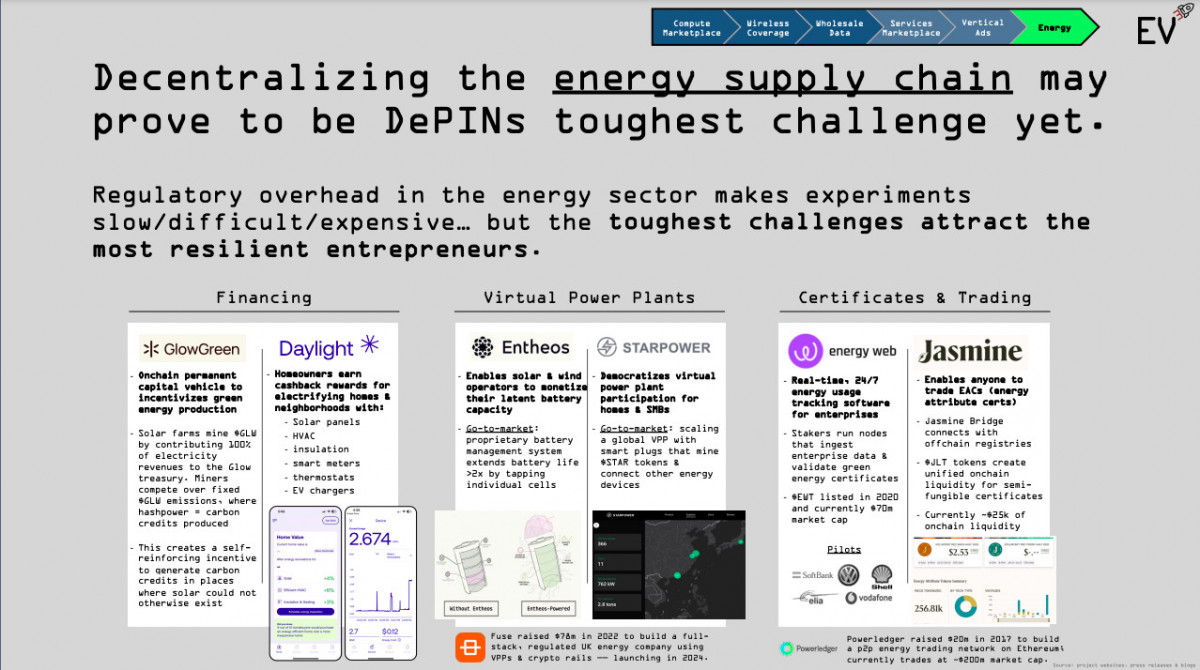
Photo: Messari
Another industry in which DePIN might have a big influence is the energy sector. Blockchain-powered decentralized energy networks might facilitate peer-to-peer energy trade, improve resource allocation, and hasten the uptake of renewable energy sources. Through the utilization of community resources, projects in this area seek to develop energy systems that are more robust and sustainable.
For DePIN to be widely used, a number of issues need to be resolved. A major obstacle that regulators continue to face as they attempt to categorize and regulate these new network topologies is regulatory ambiguity. There are still technical issues with scalability, interoperability, and user experience that need to be resolved by constant innovation and improvement.
The intricacy of DePIN systems poses usability issues that might prevent their widespread acceptance, especially when it comes to utility tokens, smart contract interactions, and Web3 wallets. Expanding the reach of DePIN solutions outside the crypto-native community will require streamlining these interfaces and generating more intuitive user experiences.
As DePIN increasingly gains popularity, interoperability between centralized and decentralized infrastructures is another important factor to take into account. Promoting acceptance and reducing disruption will depend on ensuring compatibility and facilitating smooth transitions between current systems and decentralized alternatives.
Can DePIN Solve Real World Problems?
During the Hack Seasons Conference in Brussels, we had a chance to talk with Sarah Grace from zkLink, who shared her views on DePIN and its future.
DePIN, in Sarah Grace’s opinion, has the potential to revolutionize problem-solving in the real world, particularly in the Wi-Fi domain. She finds it really fascinating that DePIN can disrupt the conventional Wi-Fi configuration by reducing reliance on large providers. Rather, it provides an avenue for more individuals to participate and exchange their excess bandwidth via these emerging markets.
Sarah is especially thrilled about the possibility that this may increase Wi-Fi’s affordability and accessibility for everybody. She finds it rather motivating to think about communities banding together to create and manage their own Wi-Fi networks.
Regarding the technological aspect, Sarah has been monitoring zkLink’s activities. She points out that the largest participant in the DePIN space at the moment is Solana’s blockchain. However, by including Ethereum and adding more Layer 2 solutions, zkLink is attempting to shake things up. Sarah believes that this is a wise decision since it may increase diversity and accessibility within the DePIN scene.
Sarah believes there might be an important effect if zkLink is successful in integrating various blockchains and DePIN initiatives. According to her, it may be simpler for regular people to explore the DePIN without being intimidated by the technical aspects. Overall, Sarah feels rather upbeat about the direction that DePIN is taking and how it may alter our perceptions of and usage of Wi-Fi in the future.
Disclaimer
In line with the Trust Project guidelines, please note that the information provided on this page is not intended to be and should not be interpreted as legal, tax, investment, financial, or any other form of advice. It is important to only invest what you can afford to lose and to seek independent financial advice if you have any doubts. For further information, we suggest referring to the terms and conditions as well as the help and support pages provided by the issuer or advertiser. MetaversePost is committed to accurate, unbiased reporting, but market conditions are subject to change without notice.
About The Author
Victoria is a writer on a variety of technology topics including Web3.0, AI and cryptocurrencies. Her extensive experience allows her to write insightful articles for the wider audience.
More articles

Victoria is a writer on a variety of technology topics including Web3.0, AI and cryptocurrencies. Her extensive experience allows her to write insightful articles for the wider audience.














































